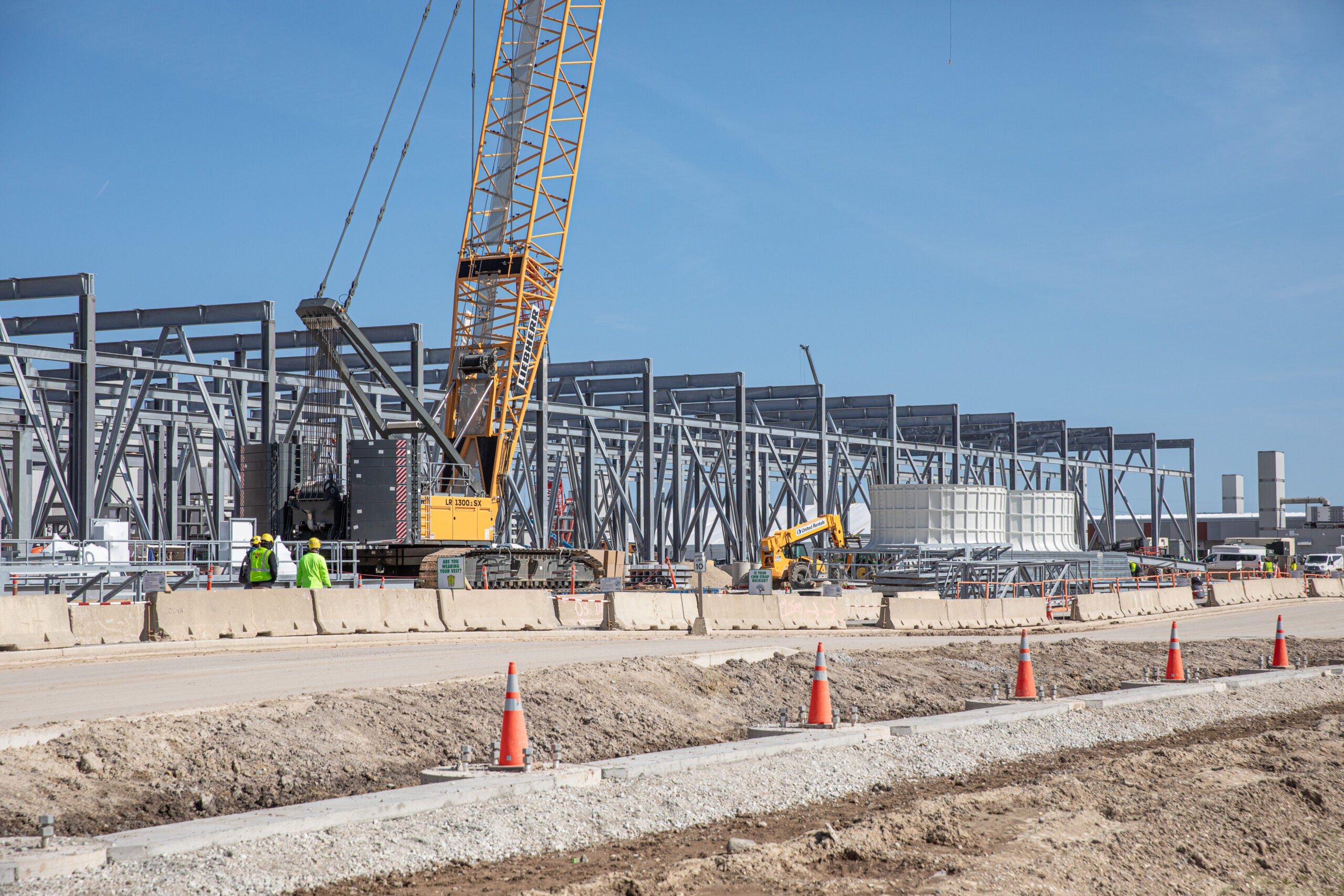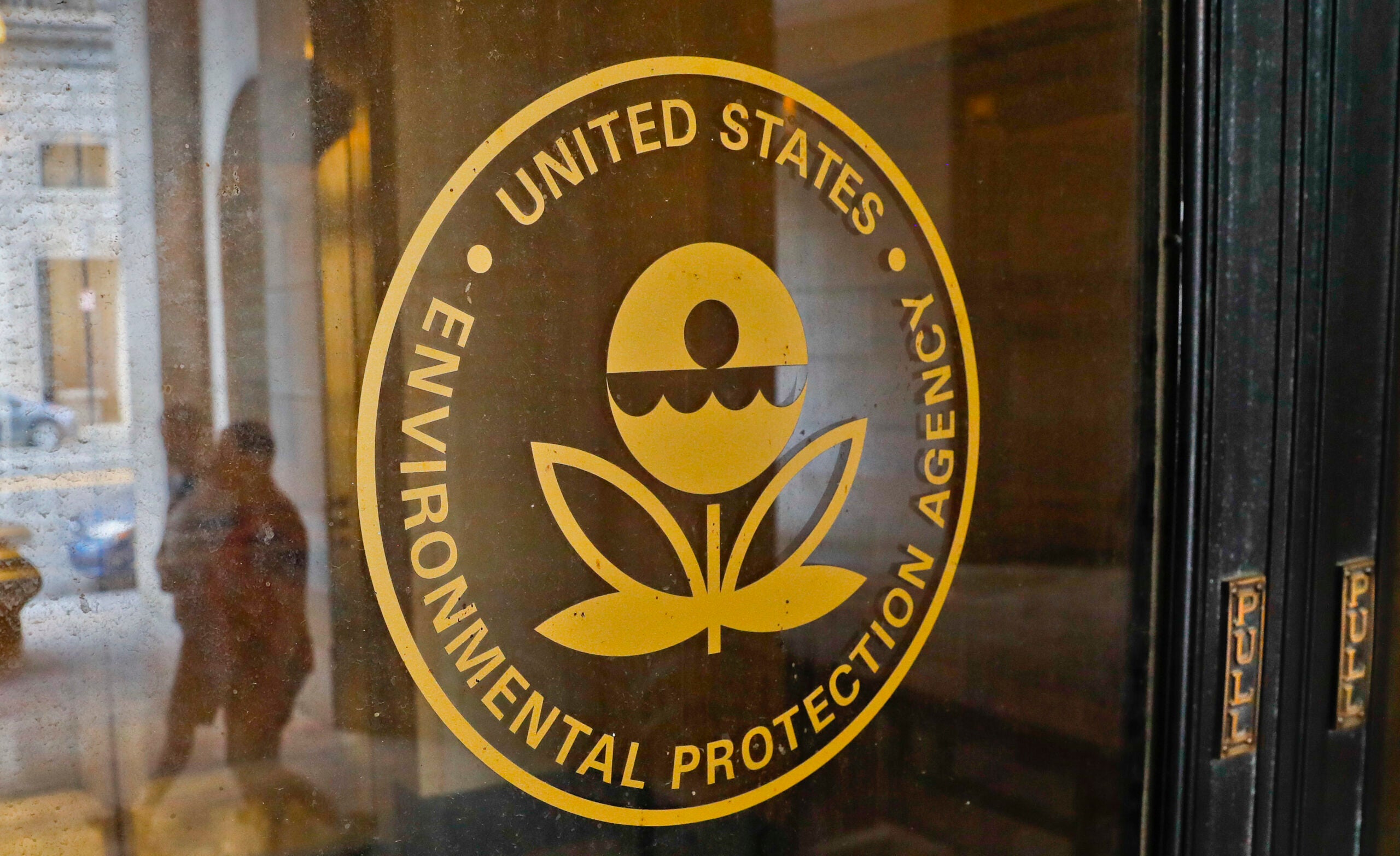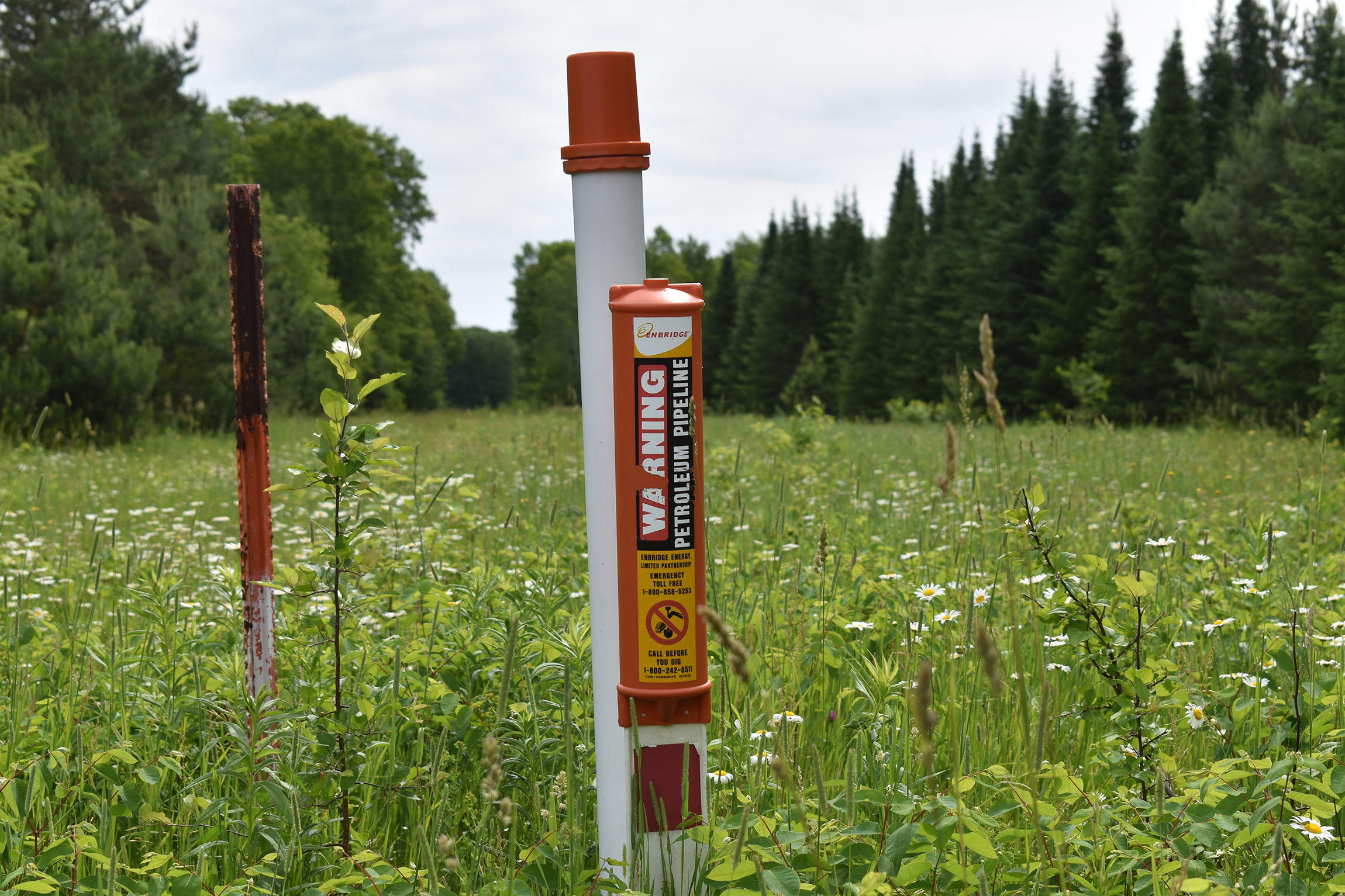The U.S. Environmental Protection Agency announced a $17 million investment Thursday for work related to a larger project to remove contaminated sediments from a polluted hotspot in Milwaukee.
The Milwaukee Metropolitan Sewerage District will use that money from the Bipartisan Infrastructure Law to relocate a sewer overflow near Jones Island where a new Dredged Material Management Facility will be located. That facility will store materials that are removed from the Milwaukee Estuary as part of an effort to clean up almost 2 million cubic yards of contaminated sediments within the estuary.
“It’s a major project and necessary step to get all this work done and this (facility) will be ready by 2026 when this sediment will begin dredging and removing that sediment,” said Debra Shore, the regional administrator for U.S. EPA Region 5.
News with a little more humanity
WPR’s “Wisconsin Today” newsletter keeps you connected to the state you love without feeling overwhelmed. No paywall. No agenda. No corporate filter.
The EPA’s assistant administrator for water, Radhika Fox, said the investment is needed to ensure the water is safe and clean for residents of the area.
“When we make investments in addressing water pollution as we are with this $17 million dollars, we’re really investing in the future of the people that live here in this region,” Fox said during a news conference Thursday.
The $450 million project, which includes the Dredged Material Management Facility, will finish work to clean up sediments contaminated with polychlorinated biphenyls, or PCBs, petroleum compounds and heavy metals like mercury and lead. Dredging is expected to begin in 2026 and take several years to complete.
The Milwaukee Estuary, which includes parts of the Milwaukee, Menomonee and Kinnickinnic rivers, is one of 43 sites on the Great Lakes designated as “Areas of Concern” by the U.S. and Canada in 1987. Industrial pollution caused a myriad of impacts on the estuary, including toxic chemicals in sediment and restrictions on fish and wildlife consumption.
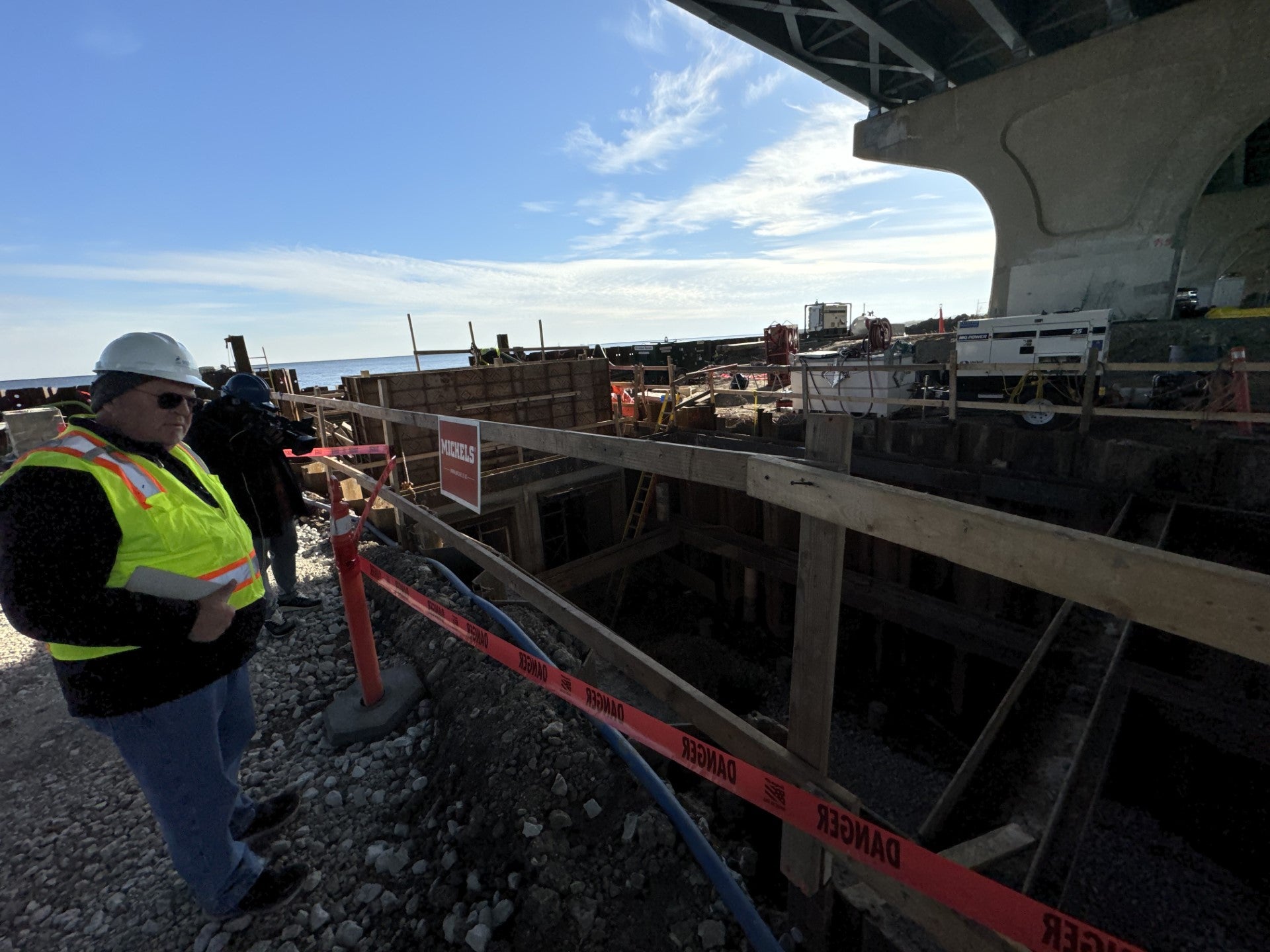
Kevin Shafer, executive director of the Milwaukee Metropolitan Sewerage District, said the sewer relocation project, located underneath the Hoan Bridge, will be done next year. The sewer overflow is used to reduce risks of basement backups during heavy rain events.
“We need to make sure that we can still have that outfall functional once that’s (the facility’s) built,” Shafer said.
Shafer believes once the cleanup work is finished, it’ll lead to safer drinking water and more habitat and fish in the waterways.
“There’s a multitude of different benefits once the larger project is completed, I think we’ll start seeing even more development along the waterways … because they’ll be cleaner and people want to live near clean water bodies,” Shafer said.
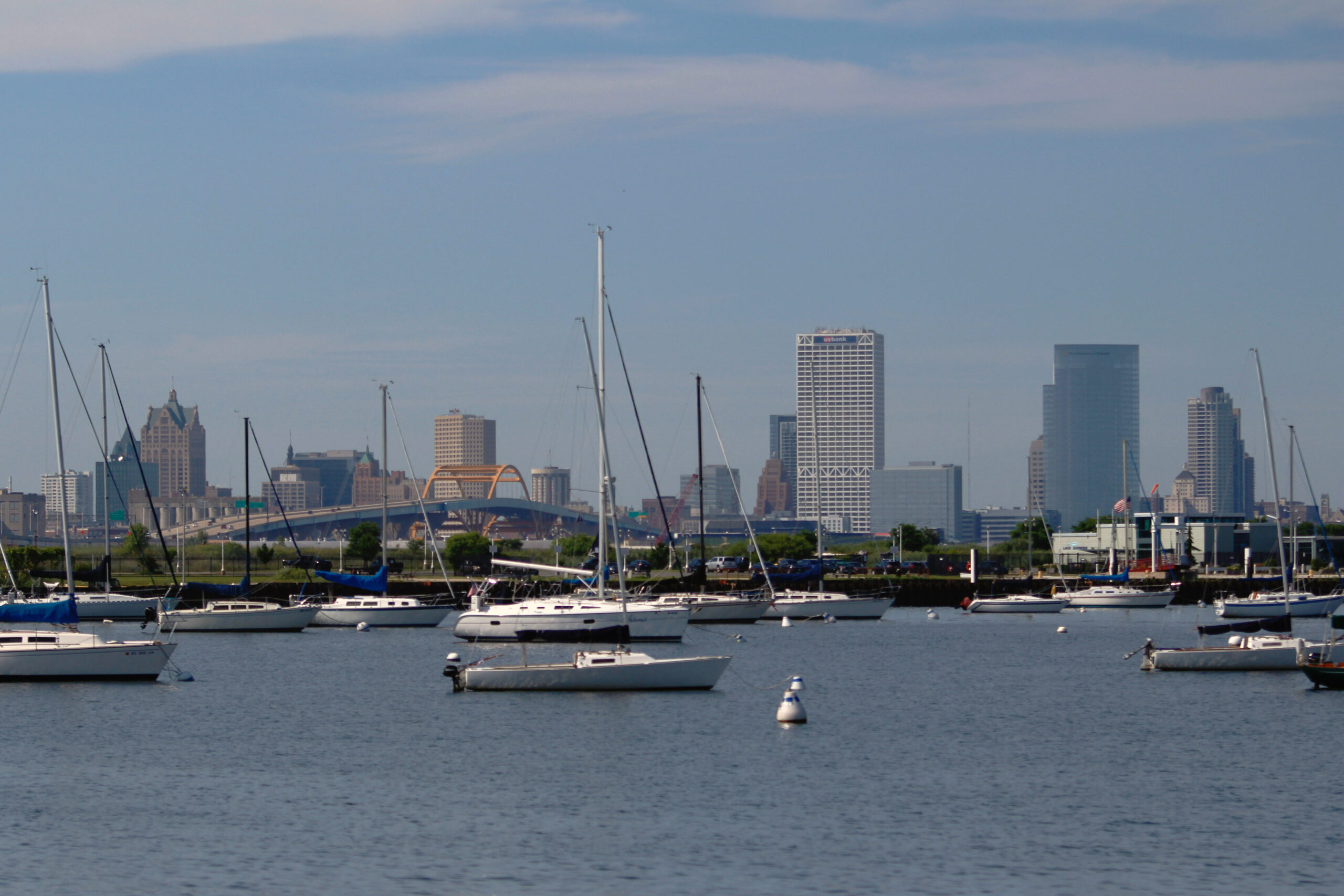
The Milwaukee Metropolitan Sewerage District has received around $76 million from the Bipartisan Infrastructure Law for 10 projects, ranging from improvements to wastewater treatment plants to new sewer overflows. Shafer said that work wouldn’t have occurred for five to 10 years without the influx of cash.
“It’s a shot in the arm,” Shafer said of the federal money.
“What we’re trying to do is protect Lake Michigan, we’re trying to protect drinking water supplies, trying to improve the habitat for the area, and all of these steps make living in Milwaukee a better place,” he added.
The Milwaukee Estuary cleanup project combines around $170 million from state and local partners with $275 million from the Great Lakes Restoration Initiative funded by the infrastructure law.
Wisconsin Public Radio, © Copyright 2026, Board of Regents of the University of Wisconsin System and Wisconsin Educational Communications Board.


